Unparalleled Beauty: Quenching my thirst for adventure in Indonesia
mis à jour le 23 November 2017 à 11:11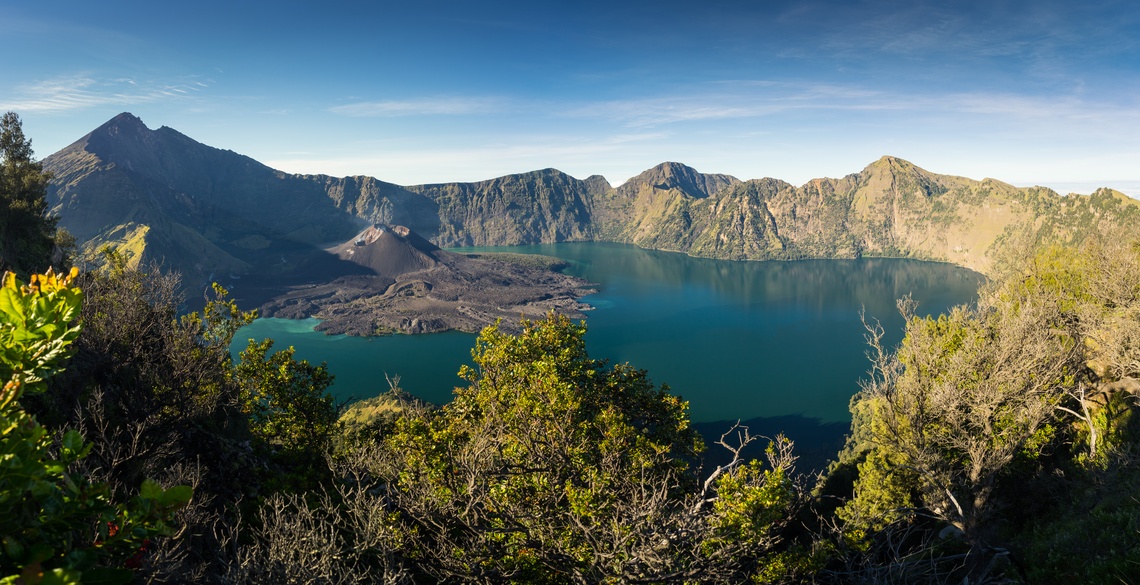
With over 17,000 islands that run the gamut from paradisiacal islets like Lombok to the luxuriant forested regions like Sumatra, traveling through Indonesia constantly left me ravenous for more adventure. It’s a fascinating country; the minute you think you’ve exhausted all it has to offer, she surprises you. I had frolicked on the beaches of Bali, marvelled at the cultural wonders of Yogyakarta, but I was still hungry for more. Only this time, I wanted to sink my teeth into the best of its raw natural landscapes and indigenous culture. Which was why I packed my things and set off for Lombok, the starting point of what eventually turned out to be the adventure of a lifetime.
Characterised by enthralling waterfalls and the unmistakable volcanic Mount Rinjani looming on the horizon, Lombok is an island in the West Nusa Tenggara province. Unlike the predominantly Hindu island of Bali, Lombok has a majority Muslim population and a rich, enduring indigenous culture of the Sasak people. I had booked a trip to summit Mount Rinjani with a trekking guide called Kecap (named after the legendary Indonesian soya sauce), who was indispensable in facilitating my two-day trip up to the crater rim of the mountain. We started from Senaru village, which was a two-hour drive from Mataram. Considering it was the second highest volcano in Indonesia, Rinjani proved to be a challenging - though not impossible - climb. Thank God for the recent gym sessions, I thought.
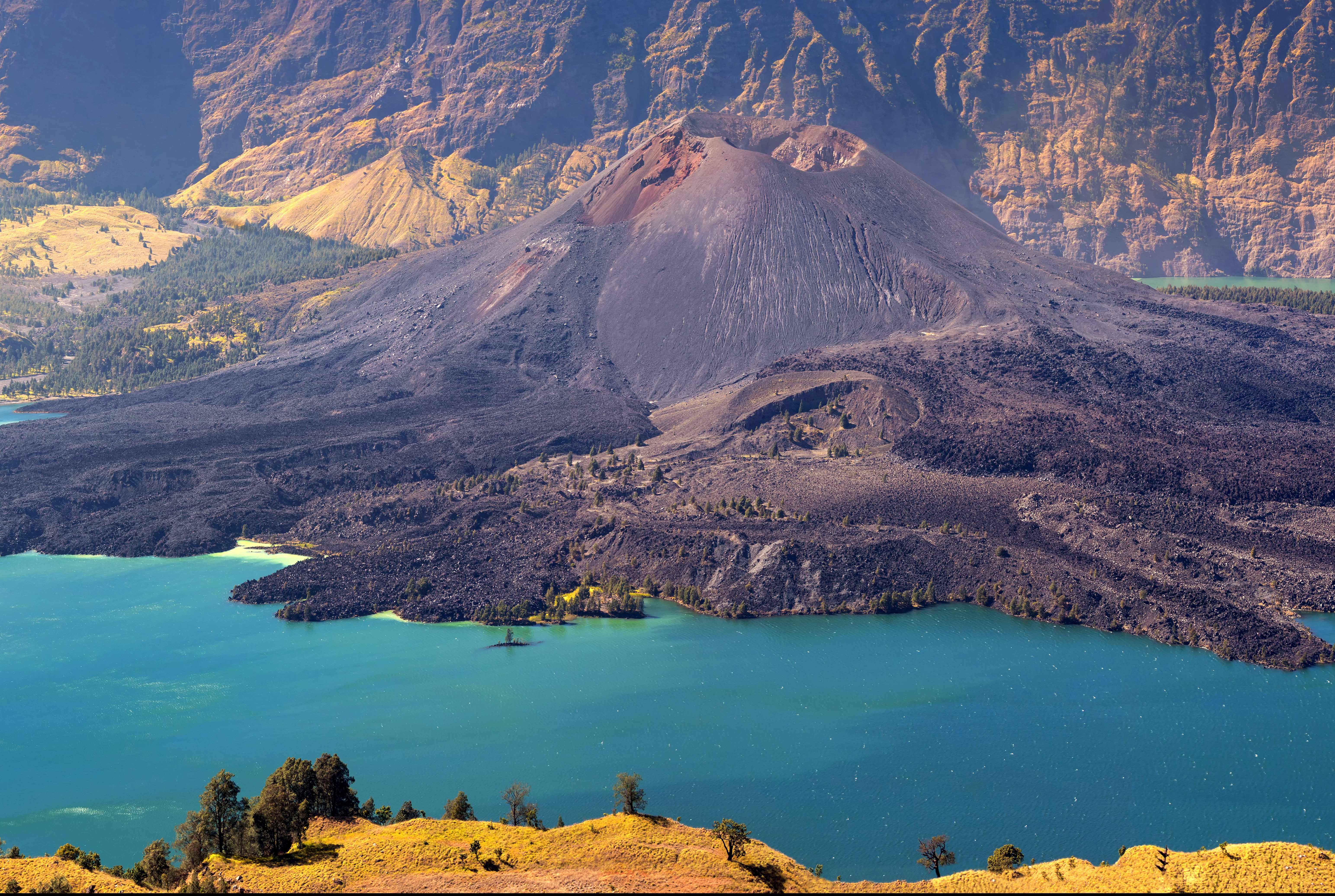
Not many people are privy to the fact that Lombok boasts of some of the most enchanting waterfalls in the archipelago. Nestled in Senaru are the Sendang Gile and Tiu Kelep waterfalls, Lombok’s finest cascades found at the foot of the majestic Mount Rinjani. Getting to the waterfall took a short 15-minute trek through a lush rainforest on a clear path. I truly relished my trip to the waterfall - I had never felt so uninhibited plunging into the high-speed waters and taking in the majestic cascades crashing 45 metres down from a cliff above.
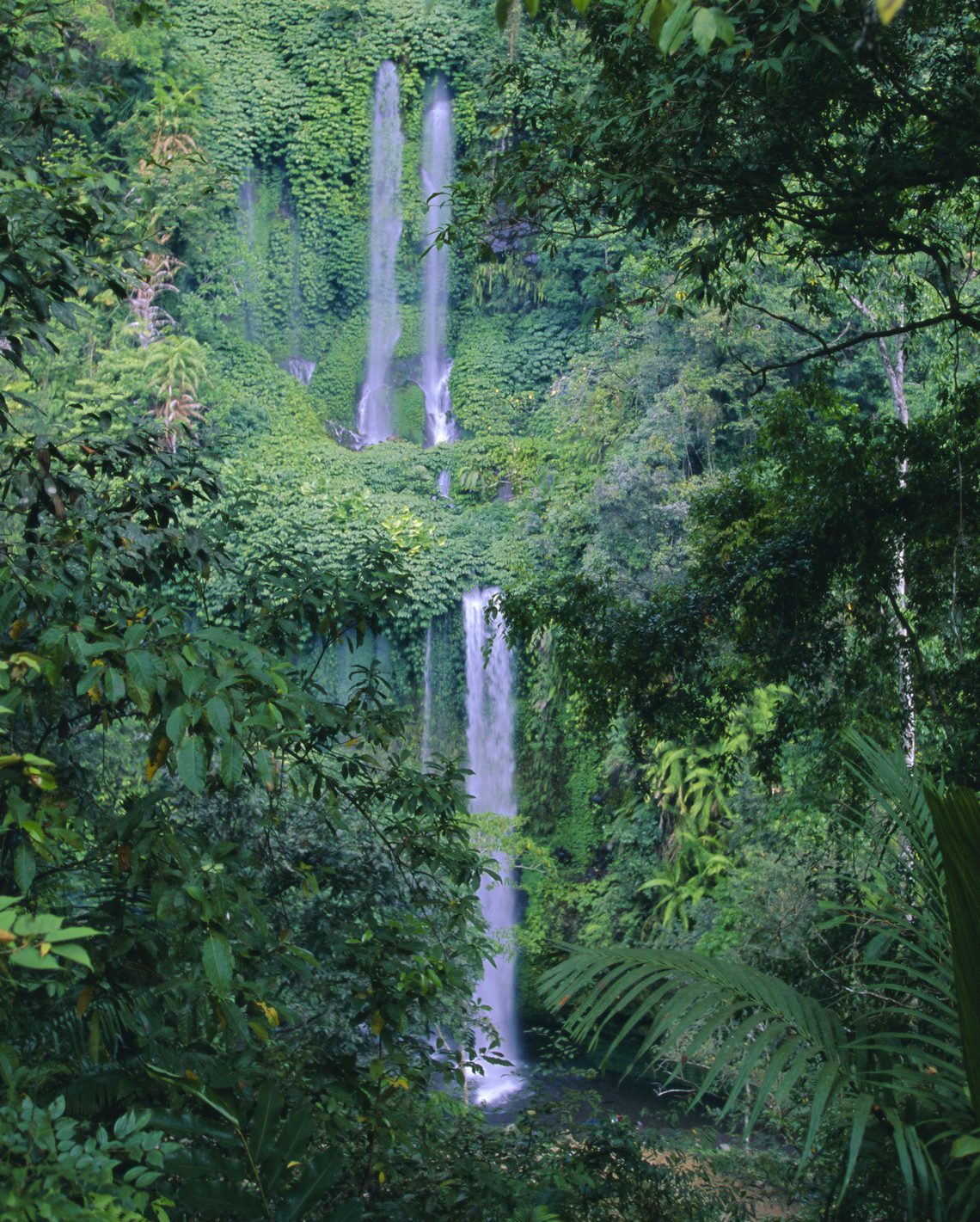
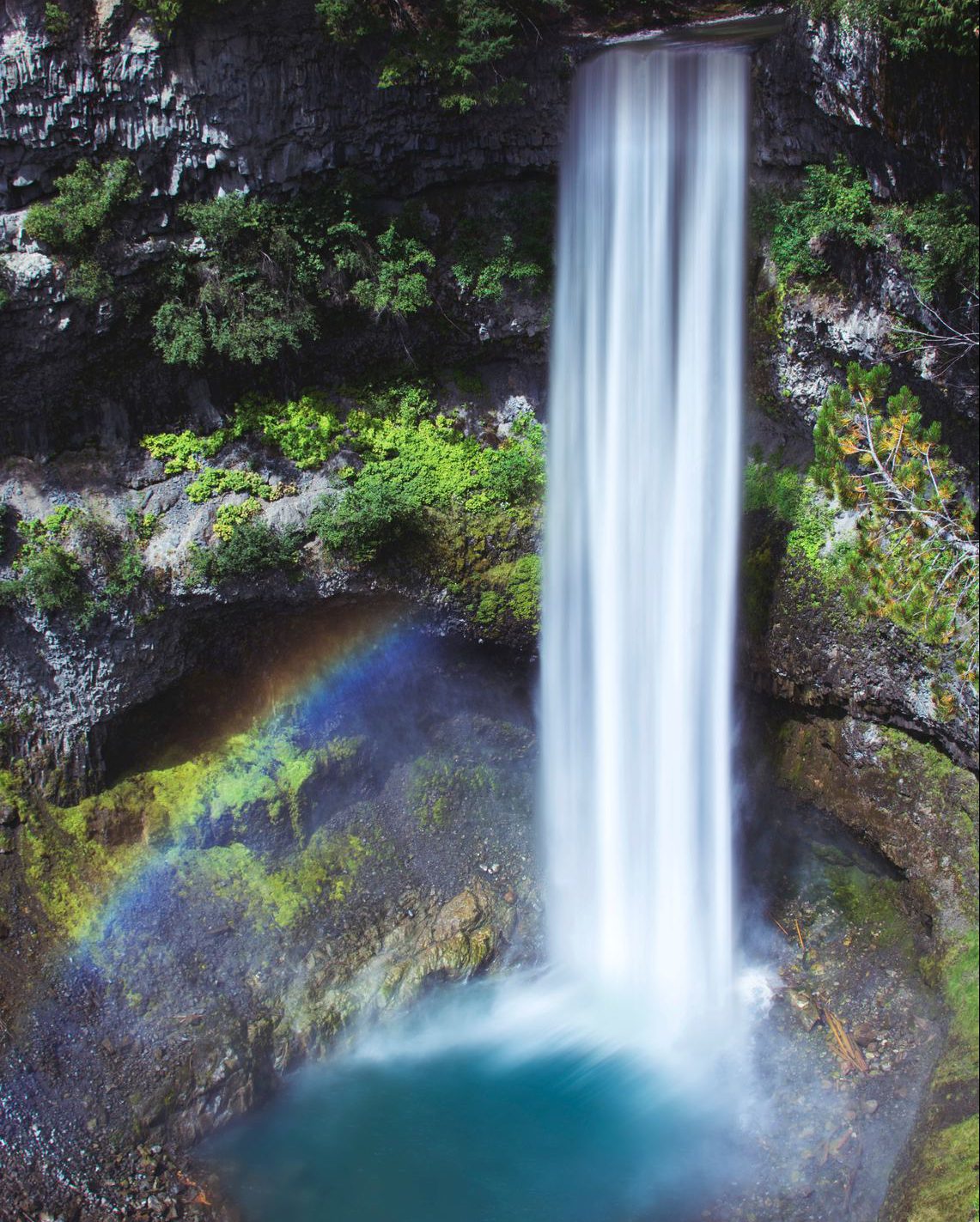
From Lombok, I made my way to the surreally beautiful Flores - the homeland of the notorious Komodo dragons and the breathtaking Kelimutu tri-coloured volcanic lake. Kelimutu consists of three different lakes of varying hues: the Tiwu ata Mbupu (‘Lake of Old People’), Tiwu Nuwa Muri Koo Fai (‘Lake of Young Men and Maidens’) and Tiwu Ata Polo (‘Bewitched or Enchanted Lake’), melding together in a resultant surreal and beautifully haunting view. I learned that the locals in Flores consider the lake as a resting place for the departed souls. I caught the most beautiful molten gold sunrise over the lakes from Mount Kelimutu in the wee hours of the morning, which gave me a good vantage point to see the lakes. I also visited the Komodo National Park, home of the unique and rare Komodo Dragon, with beautiful panoramic views of lush rainforests, savannas, stunning corals and unbelievably blue seas.
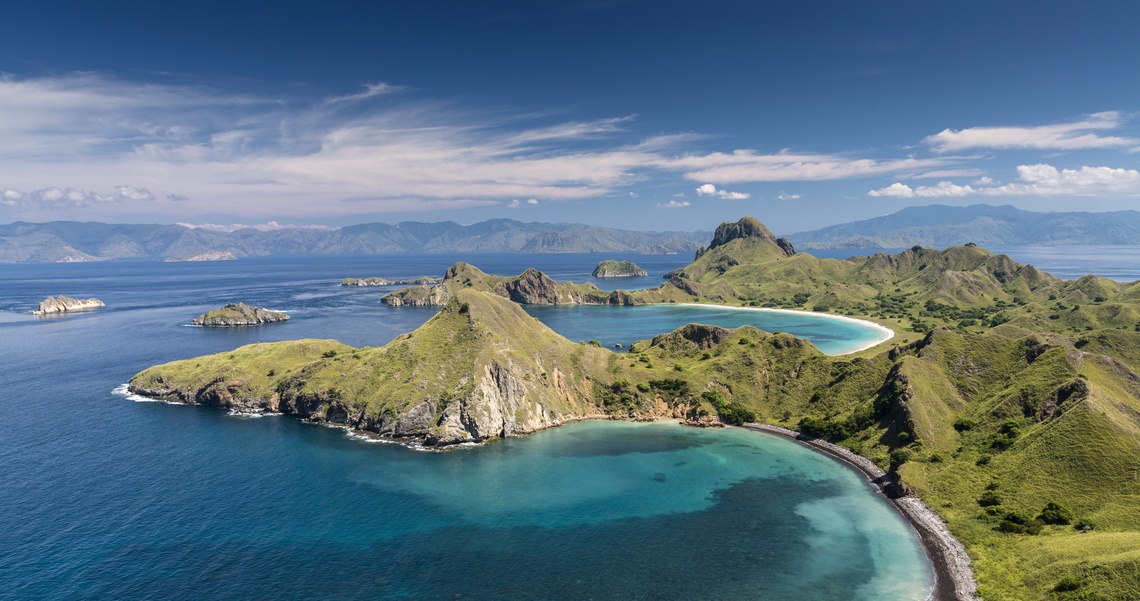
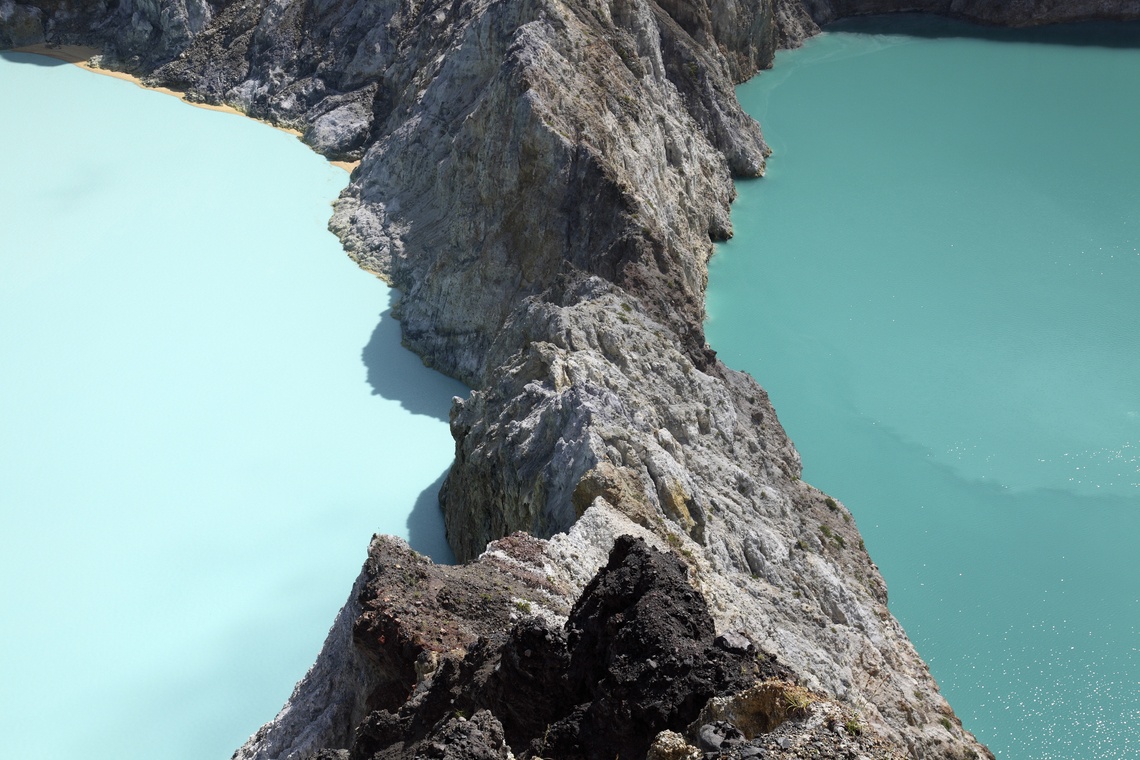
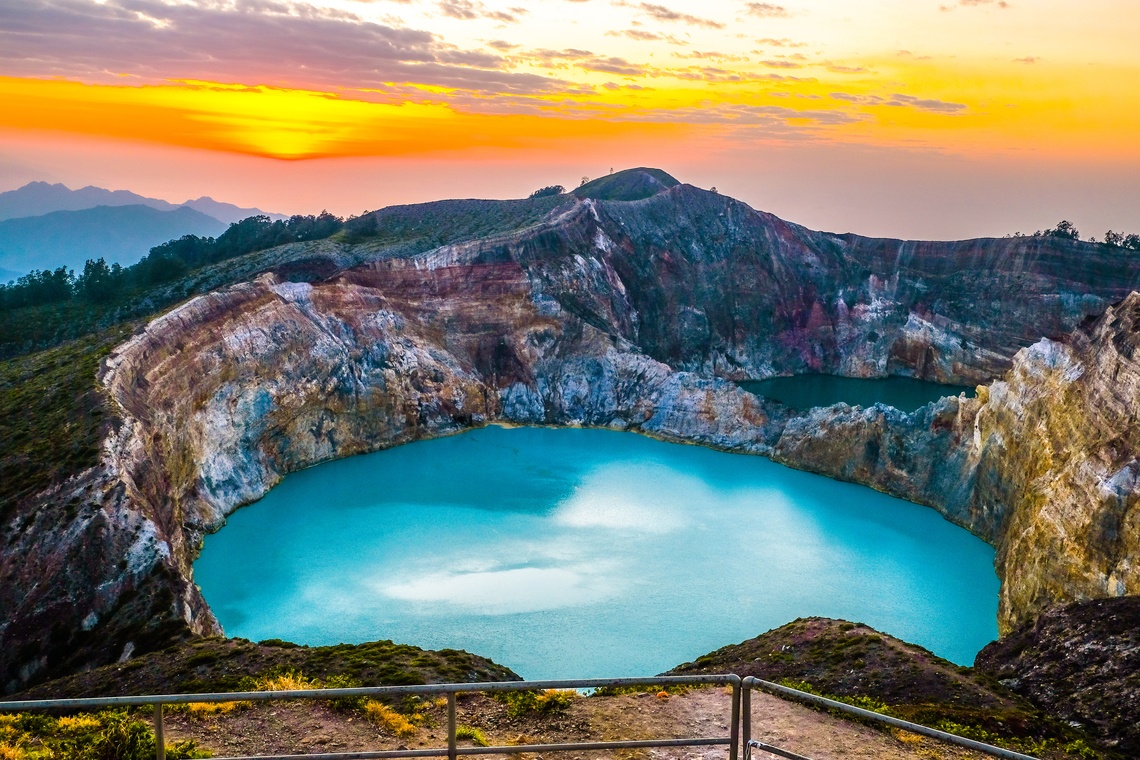
I could hardly wait for what came next: my much-anticipated visit to the Wae Rebo villages in the Manggarai district of Flores. Located 1,100 metres above sea level, this small and truly isolated village received the Top Award of Excellence from UNESCO in 2012, for its restoration of the traditional Mbaru Niang houses. The first thing that'll strike you as you enter the village are distinctly designed houses. Tall, conical and completely covered in thatch from its roof to the ground, these homes were once common to the region. Today, the inhabitants of the village are the 18th-generation descendants of Empu Maro, the founder who built the village.
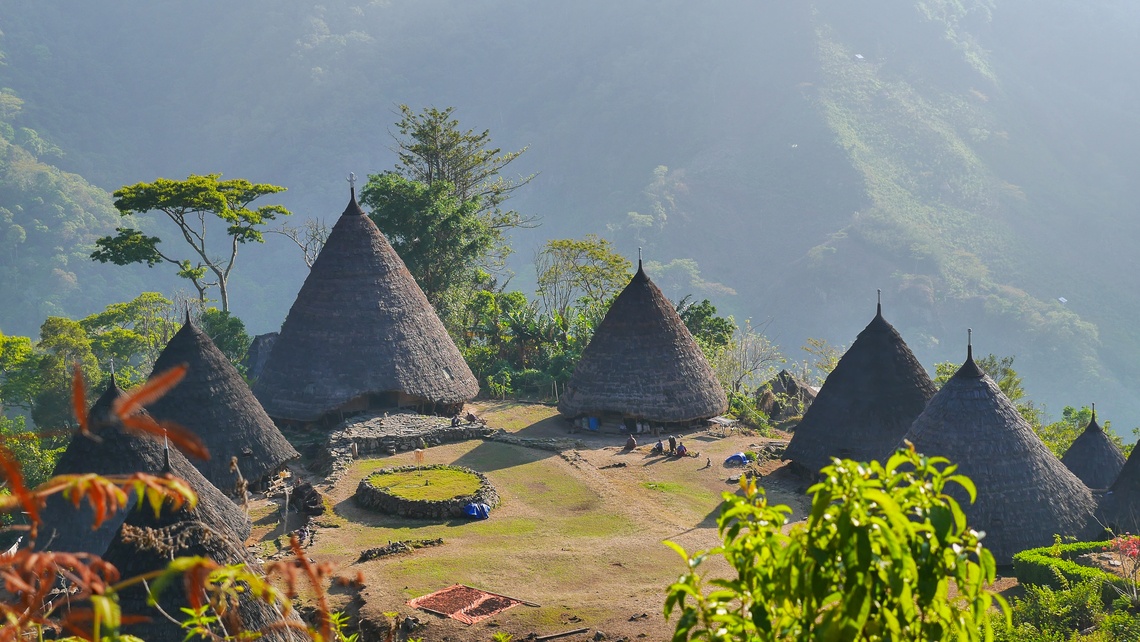
Leaving the unparalleled beautiful terrains of Flores was bittersweet, but I had always been intrigued by Sumatra. Which is why the next stop in my itinerary found me in Medan’s Kuala Namu International Airport, where I regularly commuted via the ‘angkot’ (a small minivan). Medan, the capital of North Sumatra, is the largest city in Indonesia after Jakarta, Surabaya and Bandung - in fact, the largest city out of Java. Medan was the perfect gateway for me to explore the rest of Sumatra. I had carefully scheduled my itinerary to fit in traveling to Berastagi and of course, the justifiably popular and beautiful Lake Toba.
Lake Toba, located in North Sumatra, is the largest volcanic lake in the world. It took me a 4 hour car journey from Medan to Parapat town. The lake is a resultant caldera formed from a volcanic eruption 70,000 years ago, which some studies suggest also caused the previous ice age. In the centre of the sprawling lake is an actual island called Pulau Samosir, the cultural centre of the predominantly Christian Batak tribe.
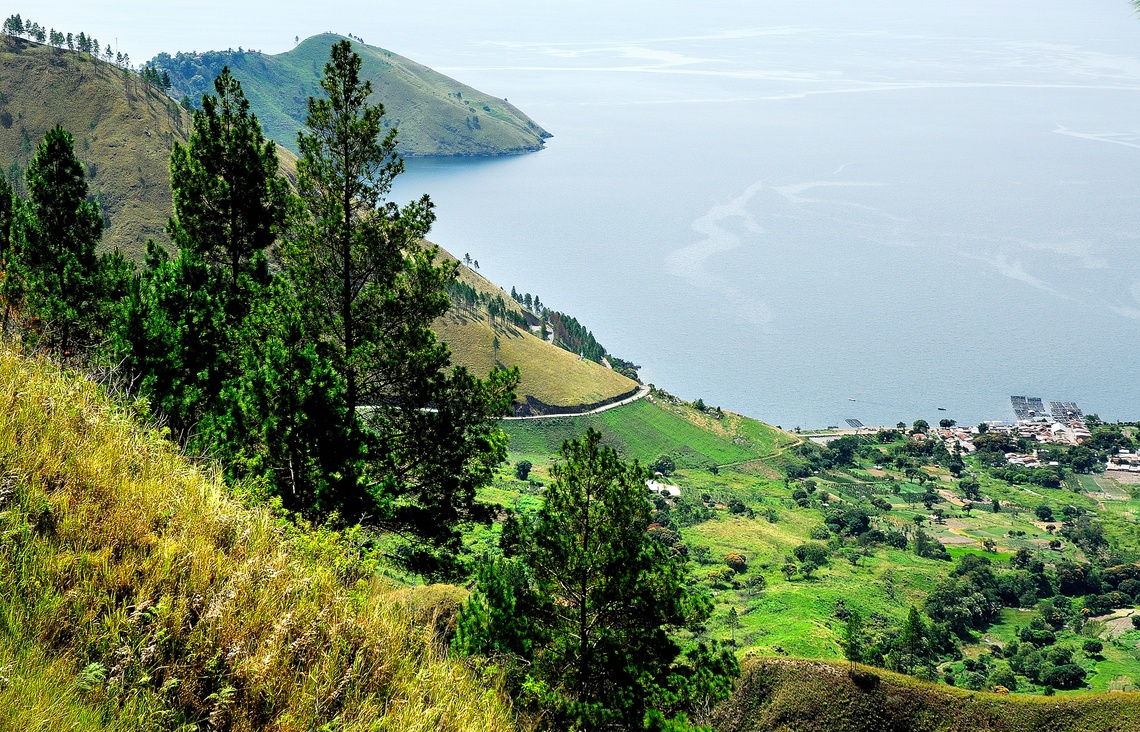
I loved the unapologetically laidback vibe in Lake Toba. I swam in the warm volcanic waters of the beautiful lake, visited the beautiful 100-metre Sipisopiso waterfall, sank my teeth into some culture at the Batak Museum in Samosir Island where I also got to witness their traditional dance and stayed in a charming homestay with a puppy owner who sang, cooked and went out of the way for his guests.
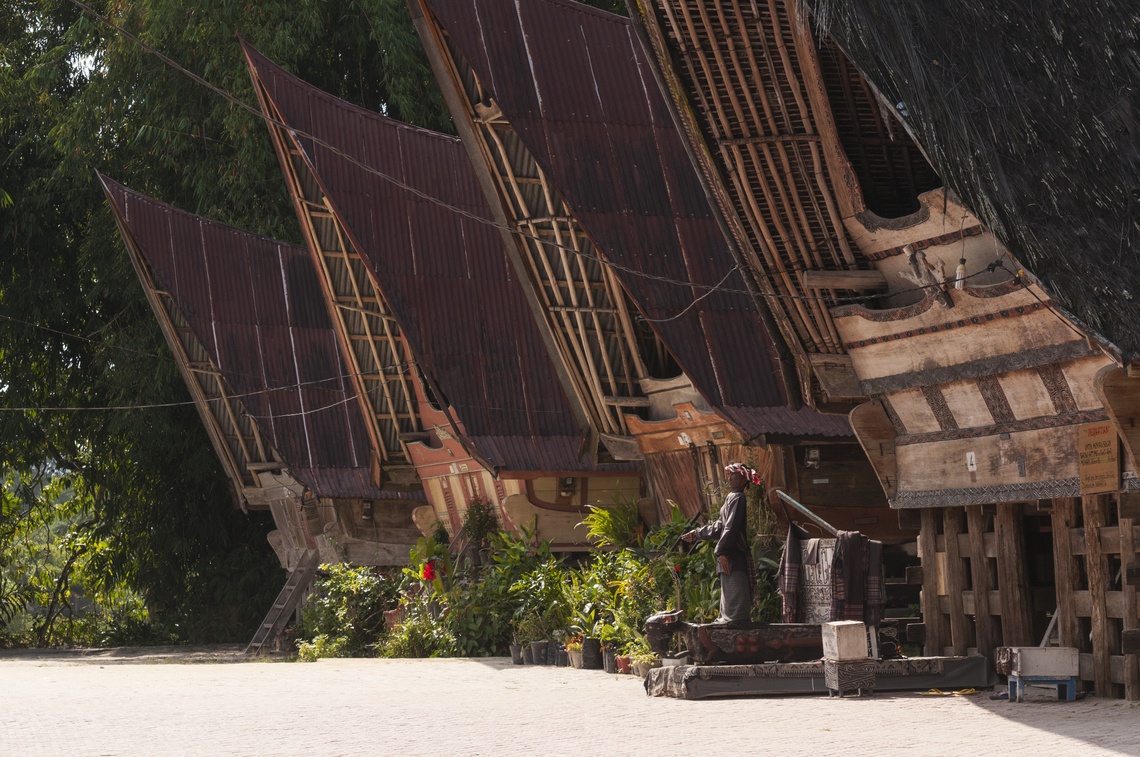
Berastagi is a town in North Sumatra, just 30 minutes from the Medan’s city centre. Gunung Sibayak was my first destination. It took three hours to summit and I found the climb to be challenging, with slightly tricky and steep pathways. I was grateful that I had tossed in a water bottle and snacks for the climb up to its crater. I also climbed Gunung Sinabung, which required to board a minibus to Danau Kawar, the lake at the foot at the volcano.
Unlike in the Javanese regions of Indonesia, there is no single majority ethnic group here; rather, the largest ethnic groups include the Chinese, Javanese, Toba-Batak, Southern Indians, Northern Indians and more. I thought this was fascinating and radically different to the Malaysian ethnic fabric. The best part about this motley of ethnicities is the delightfully diverse food scene in Medan - here you’ll find the sweeter flavour palate of Javanese cuisine, spicy Padang dishes, savoury Chinese noodles and even mouthwatering Batak grilled pork. I understood why people, both locals and tourists alike, regarded it as a food city.
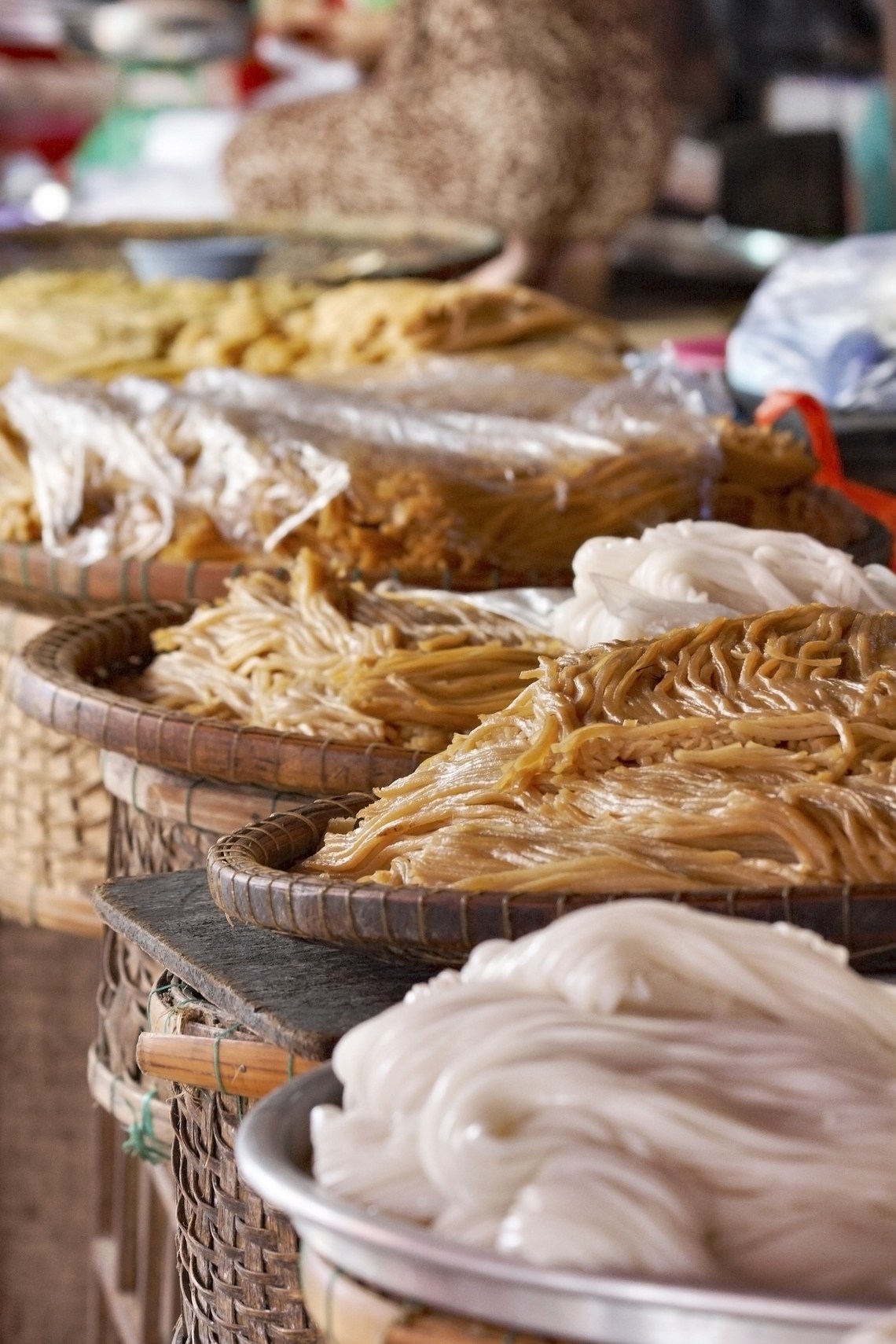
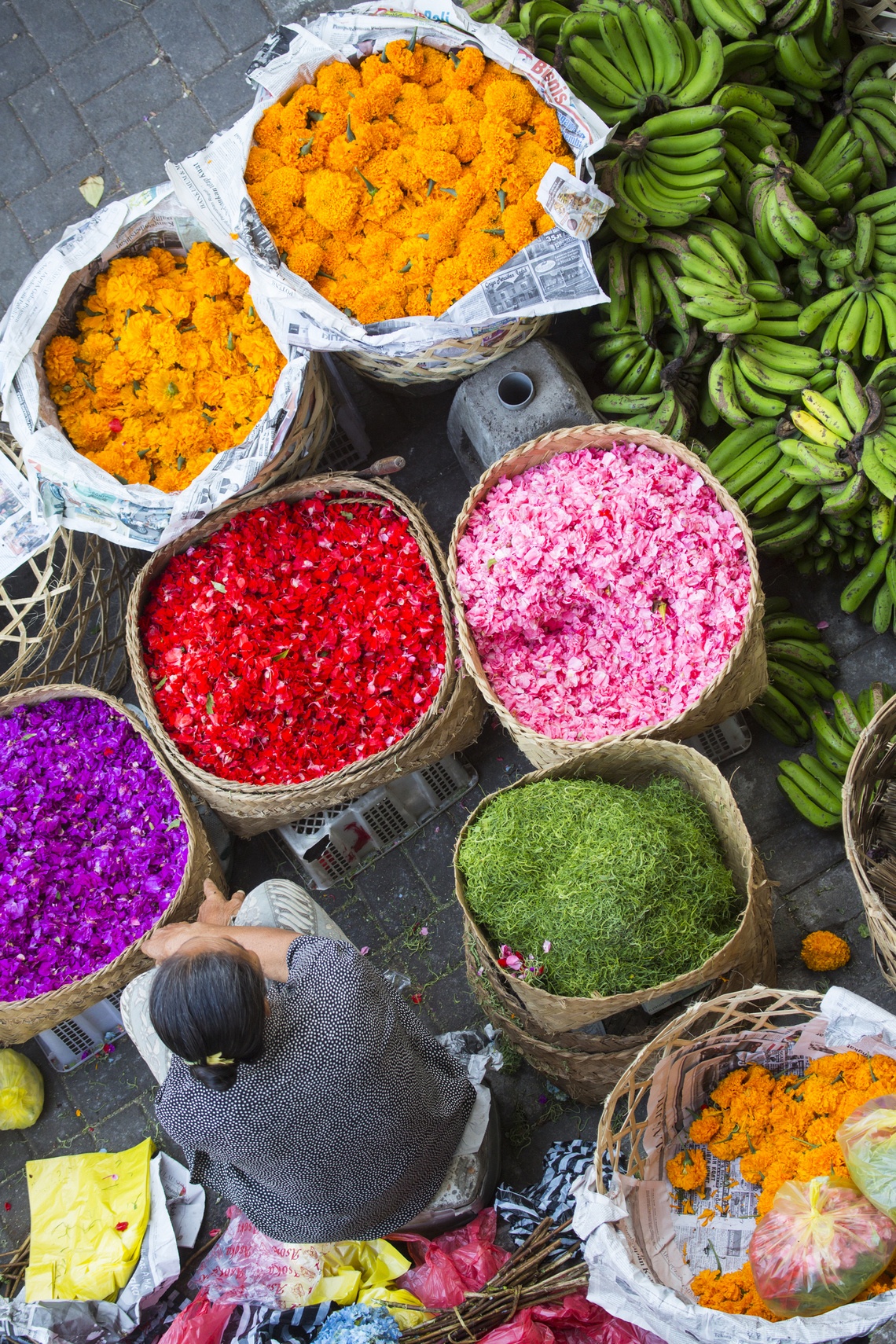
I also traveled to Bandung, the capital city of West Java and the third largest city in Indonesia, after Jakarta and Surabaya. Nestled in the central highlands at an altitude of 768 metres surrounded by the beautiful Parahyangan mountains, the climate here is milder than the rest of Indonesia. Once nicknamed the Paris van Java (‘Paris of Java’) by the Dutch for its resemblance to colonial-era Paris, it has today become a popular weekend destination for Jakartans seeking to escape the bustling city atmosphere. Hiking Tangkuban Perahu, a crater on an active volcanic mountain, was my first stop in this city. Located in the northern Bandung, you can hike the mountain on foot from Lembang (the closest city to it). I found the hike manageable and not too steep. The rest of brief stint in Bandung saw me weaving in and out its numerous factory outlet stores, sinking my teeth in quintessentially Bandung dishes like the Laksa Bandung.
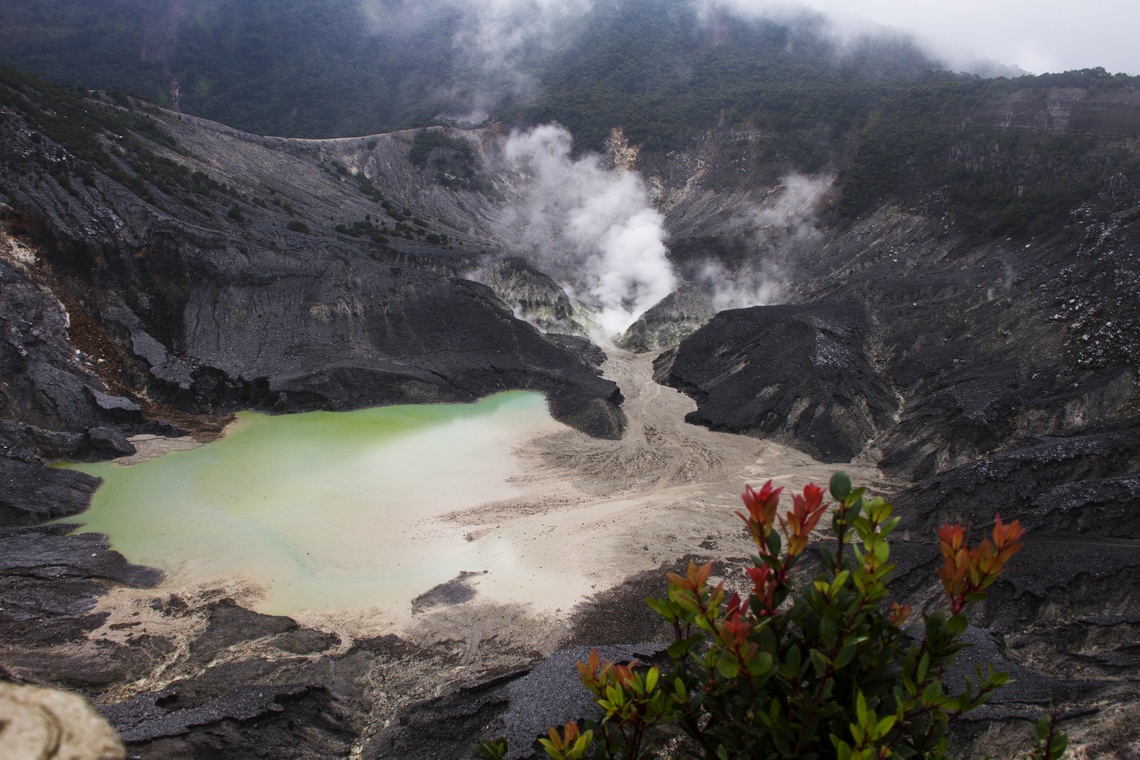
Pontianak, the capital of the Indonesian province of West Kalimantan on the island of Borneo, was my final destination. You’ll find the winding Kapuas River here, nestled in the dense jungles of Borneo. Pontianak is also home to the indigenous Dayak people. Deep in its rainforests, I got a taste of the Dayak way of life by staying in the traditional longhouses. This was a radically different and unforgettable experience for me - in the villages I visited, I discovered an unwavering adherence to their traditions. The elders still use traditional medicine, mark their torsos with tattoos, wear heavy earrings and perform rituals - completely undeterred by the changes in the rest of Indonesia.
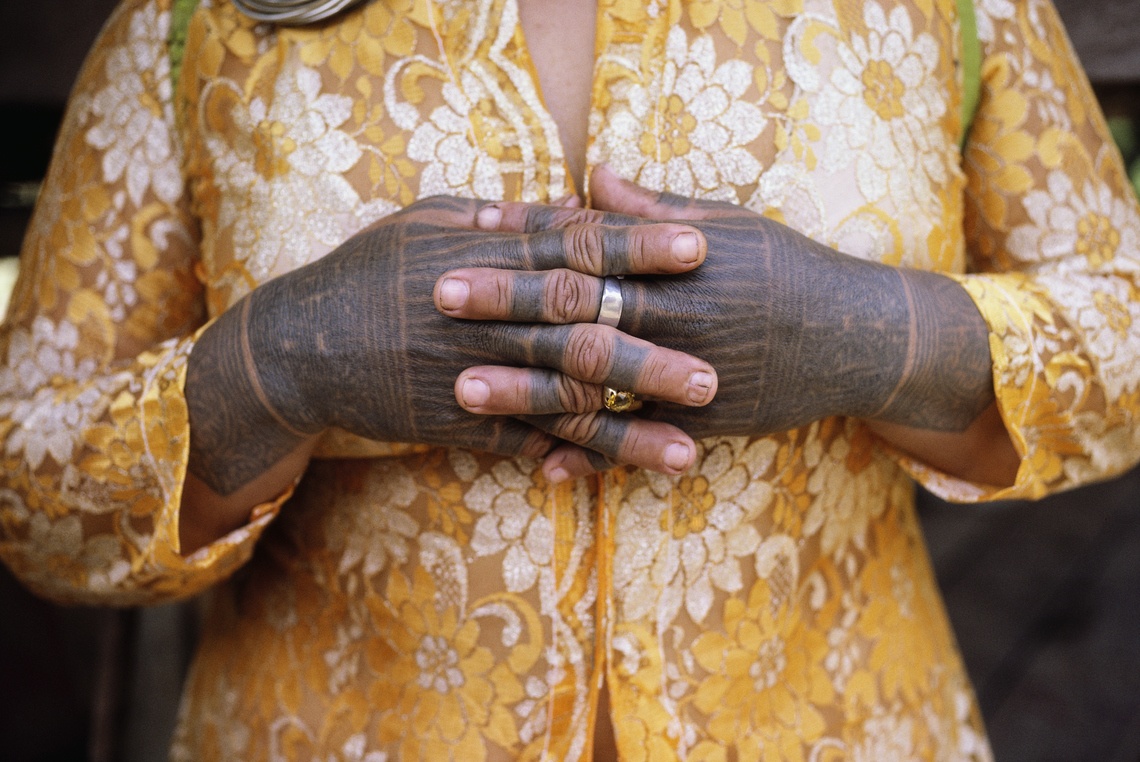
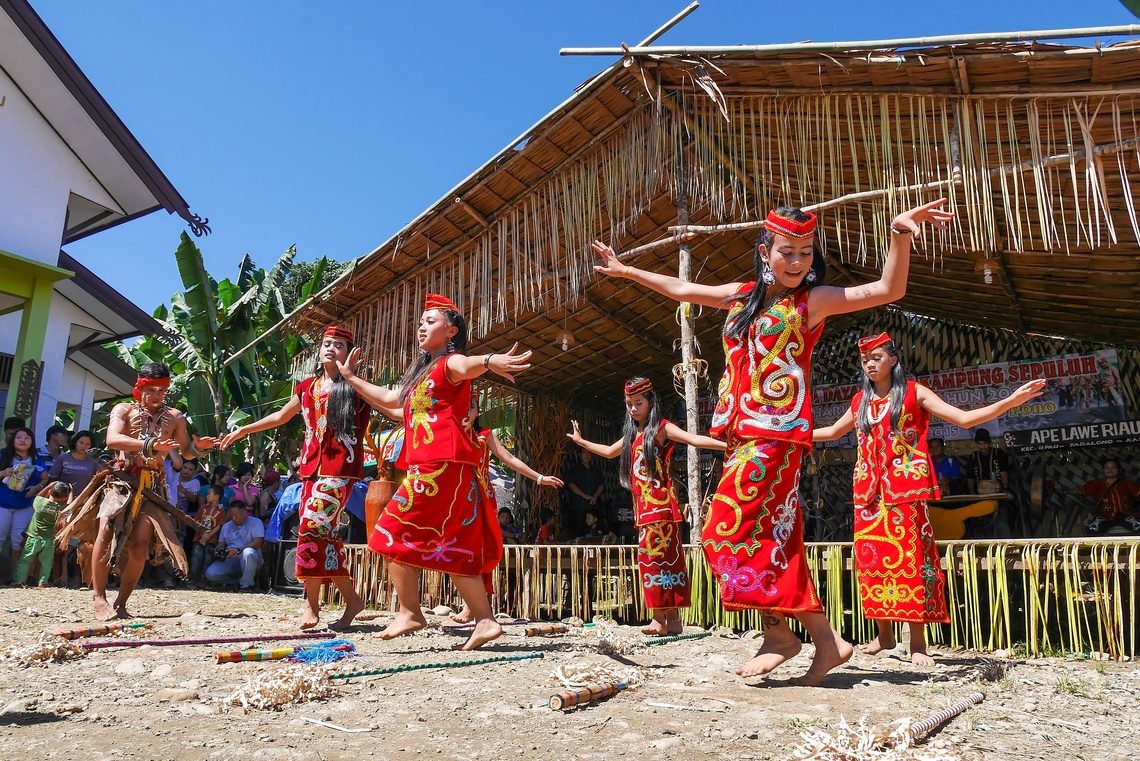
Soon enough, my adventures in Indonesia came to an end. I left with a heavy heart, but richer with experiences, sights and memories that changed my life. As I boarded my AirAsia flight from Pontianak to Kuala Lumpur, I felt glad that I took the plunge in immersing myself in a uniquely Indonesian travel adventure that was far-flung from the usual touristy traps of Bali and Jakarta, instead (literally) delving into the majestic unadulterated natural and indigenous landscape of Indonesia. And I had absolutely no regrets.
This post was written with the collaboration & support of the Ministry of Tourism Indonesia. Air Asia offers the best connectivity to Indonesia, check out their 15 destinations here!



